Discover the leading AI tools reshaping industries in 2024. From OpenAI GPT-4 to Google TensorFlow, explore the best artificial intelligence solutions empowering businesses and individuals with advanced capabilities in natural language processing, machine learning, and more.
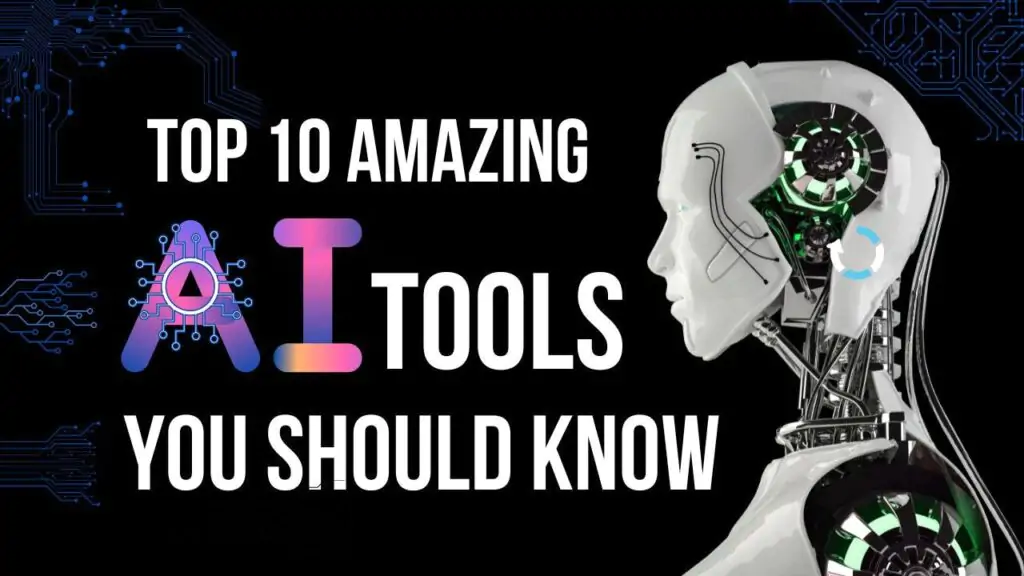
Top Ten Best AI Tools for 2024
In 2024, the world of Artificial Intelligence (AI) is booming with innovation and creativity. From enhancing productivity to revolutionizing industries, AI tools have become indispensable assets for businesses and individuals alike. Here are the top ten AI tools of 2024 that are reshaping the way we work and live:
OpenAI GPT-4:
OpenAI’s GPT-4 enables us to understand and write better by downloading lots of text for the purpose of learning. It is capable of writing in a manner similar to that of a human, and it can even suggest the next most appropriate word. It remains, therefore, a sterling demonstration of how far natural language processing (NLP) has come. Building upon its predecessors. According to a detailed comparison, GPT-4 has the unique advantage of comprehending and writing texts in a more human-like manner than the previous versions.
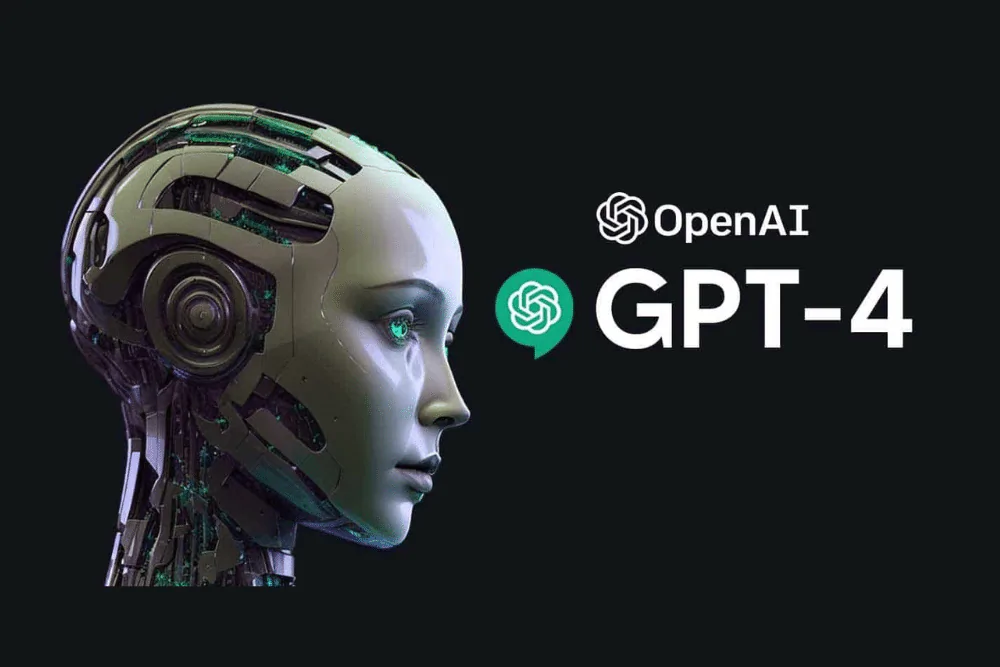
Key Features:
- Enhanced language understanding and generation.
- Versatility across various NLP tasks, including text summarization, translation, and sentiment analysis.
- Improved contextual awareness and coherence in generated text.
Google TensorFlow:
TensorFlow is a platform that teaches computers how to learn and thus perform exciting tasks such as identifying images and interpreting languages. It’s like a super artificial intelligence system; in fact, it makes them highly intelligent! Google TensorFlow still holds a central position in the fields of machine learning and deep neural networks. Deep learning has a sturdy architecture and a vast toolkit that enables developers to design and implement AI models for many solutions, including image identification or natural language processing.
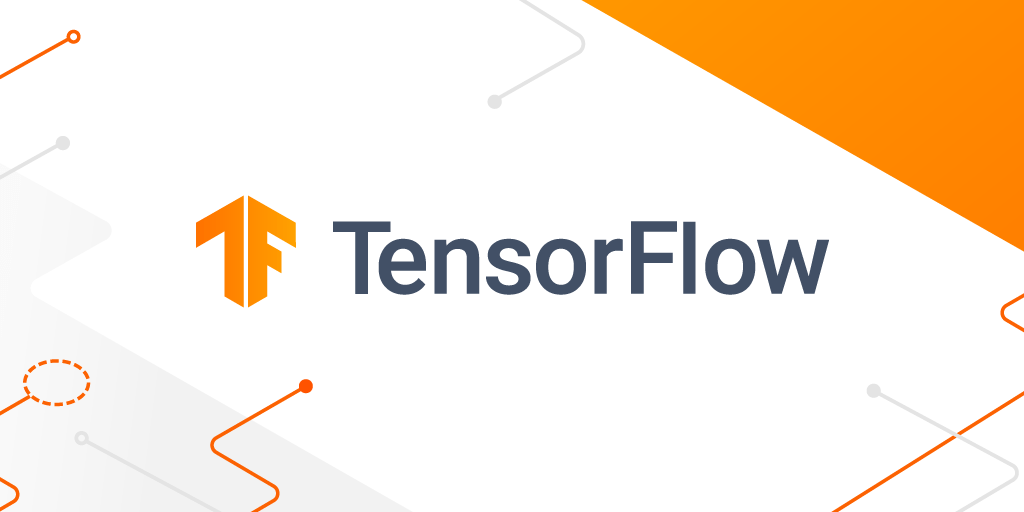
Key Features:
- Flexible architecture supporting both research and production.
- Scalable distributed training for large-scale datasets.
- Integration with TensorFlow Extended (TFX) for end-to-end machine learning pipelines.
Microsoft Azure AI:
Azure AI enables companies and developers to create intelligent applications that can listen to us and interact with us. It is like having a wise friend around who can assist with any issue that you are likely to face. provides a full range of AI solutions ranging from machine learning, computer vision, and speech recognition solutions. Being an extension of other Microsoft applications, it is a popular AI system for organizations requiring large-scale solutions.

Key Features:
- Pre-built AI models for common use cases, such as image classification and text analytics.
- Integration with Azure Machine Learning for model training and deployment.
- Support for conversational AI through Azure Bot Service and Language Understanding (LUIS).
IBM Watson:
However, it is important to note that Watson maintains its position as the leader in cognitive computing and AI-enabled analysis. It is instrumental in assisting us to give answers to some of the difficult questions and comprehend some of the complex ideas. It’s like having a friend who is a genius and who is aware of all the prevailing knowledge. It ranges from natural language processing to predictive analytics and, hence, can prove to be a boon for industries including healthcare, finance, and retail, among others.

Key Features:
- Watson Assistant for building AI-powered chatbots and virtual agents.
- Discovery for extracting insights from unstructured data sources.
- Watson Studio for collaborative data science and machine learning experimentation.
Amazon AWS AI:
AWS AI is a family of AI services that are aimed at helping businesses perform image and video analysis, language translation, provide recommendations, etc. It helps businesses make adequate decisions and comprehend what customers prefer. Sometimes it feels like secretly being able to read the minds of the customers to know just what they would need before they even ask for it. This makes its cloud-based infrastructure well suited for supporting ample growth and dependability for AI applications.
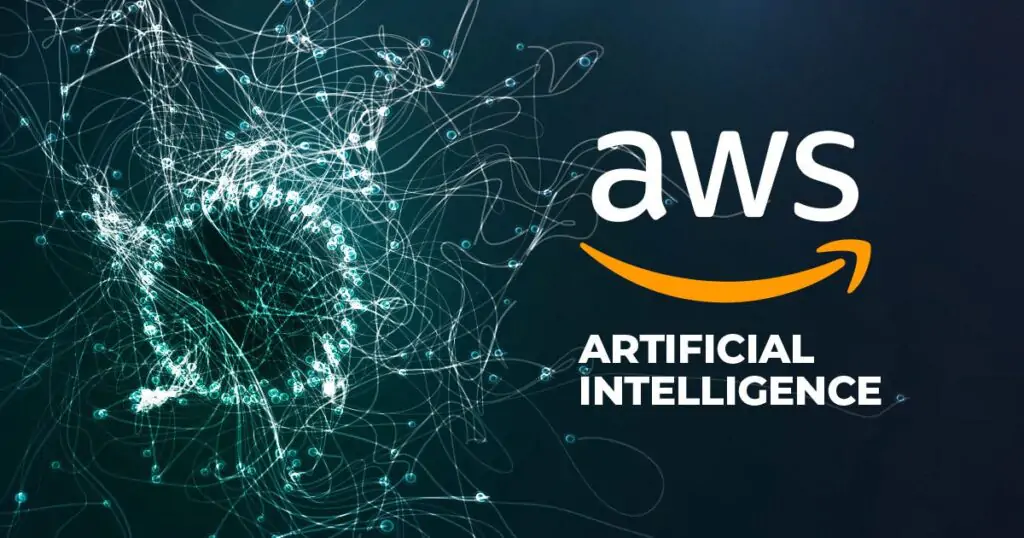
Key Features:
- Amazon Rekognition for image and video analysis, including object detection and facial recognition.
- Comprehend for natural language processing tasks, such as sentiment analysis and named entity recognition.
- Amazon Personalize for building custom recommendation engines based on user behavior and preferences.
PyTorch:
Originally created by Facebook’s AI Research lab, PyTorch has been told to improve due to its dynamic computational graph and user-friendly features. Enables us to train computers in how to read and do other amazing things such as identifying people or comprehending language. This is like having a magic inside which makes computer do all the things one wants! It is also used for training models and doing experiments in AI and deep learning neural networks.
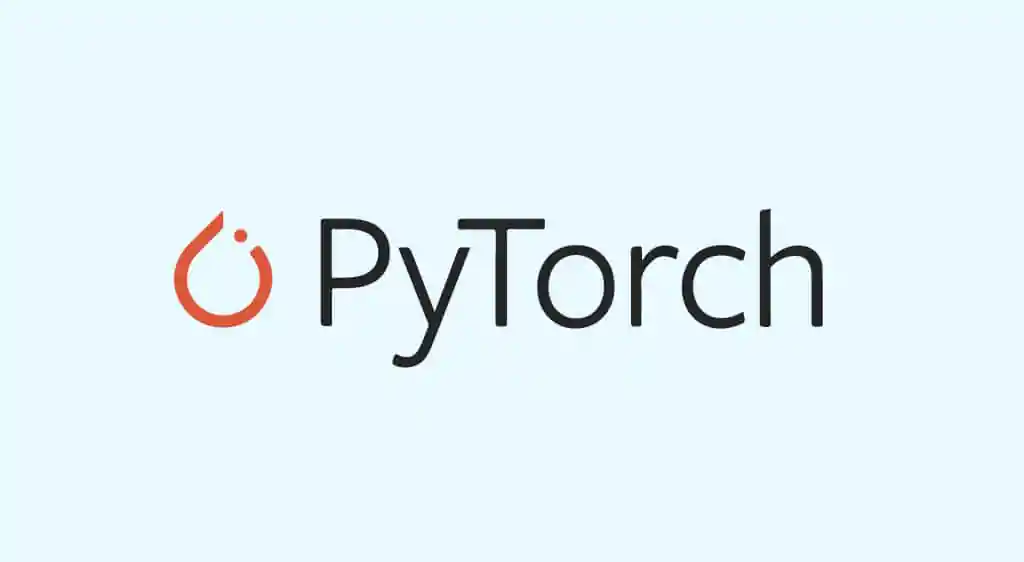
Key Features:
- Dynamic computation graphs for flexible and intuitive model development.
- TorchScript for seamless integration with production environments.
- PyTorch Hub for sharing pre-trained models and components.
Hugging Face Transformers:
Hugging Face’s Transformers library by Hugging Face enables users to apply pre-built natural language understanding and generation models. It enables users to interact with computers in a friendly manner by asking them questions or getting an intelligent response back. In a way, it is like talking to a person who has all the latest information on any subject that is being discussed. Over the years, it has become a valuable tool for developers interested in ready-trained models for different NLP purposes.

Key Features:
- Transformer architectures, including BERT, GPT, and RoBERTa, for diverse NLP tasks.
- Tokenizers and model pipelines for easy integration into existing projects.
- Model hub for sharing and discovering pre-trained models.
Salesforce Einstein:
Salesforce Einstein AI is the advanced AI for CRM that makes it possible for enterprises to use predictive analytics in sales, marketing, and customer support. It enables the business to know what the customers need and how to make them happy. It is like having a superhero who can foresee the future and bring about a change for the better! One of its features is that predictive analytics enables businesses to make strategic decisions based on information.
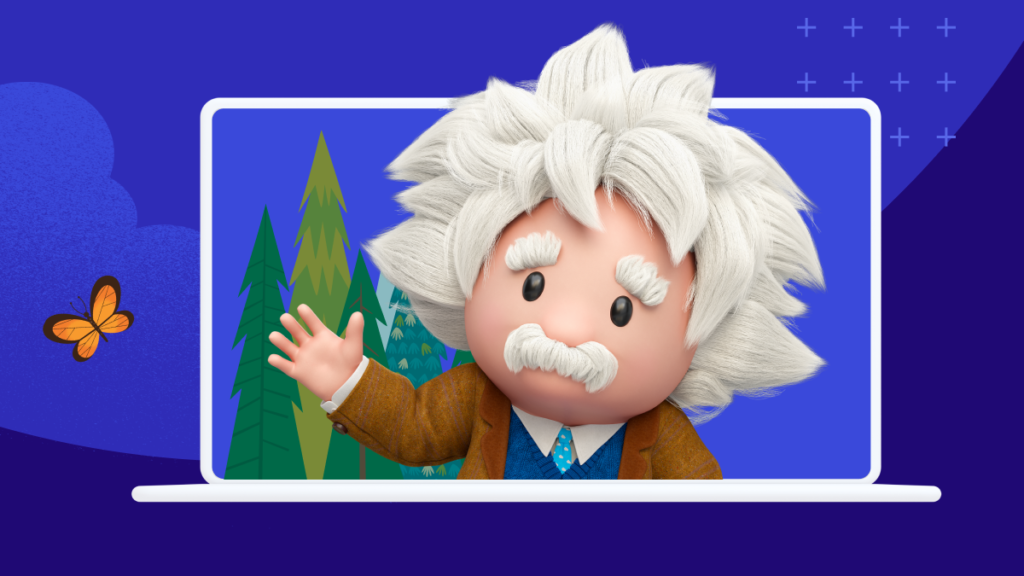
Key Features:
- Einstein Prediction Builder for creating custom predictive models without code.
- Einstein Discovery for uncovering patterns and trends in data through automated machine learning.
- Integration with Salesforce CRM for seamless data analysis and action.
Clarifai:
Clarifai focuses on visual recognition AI, providing services that include image and video understanding, object identification, and content filtering. Allows computers to know what is in an image or a video, for example, to distinguish between cats and dogs. It is like giving them eyes in order to make the computers perceive the world as we do. Being based on an API, it allows for organically incorporating AI vision capabilities into applications.
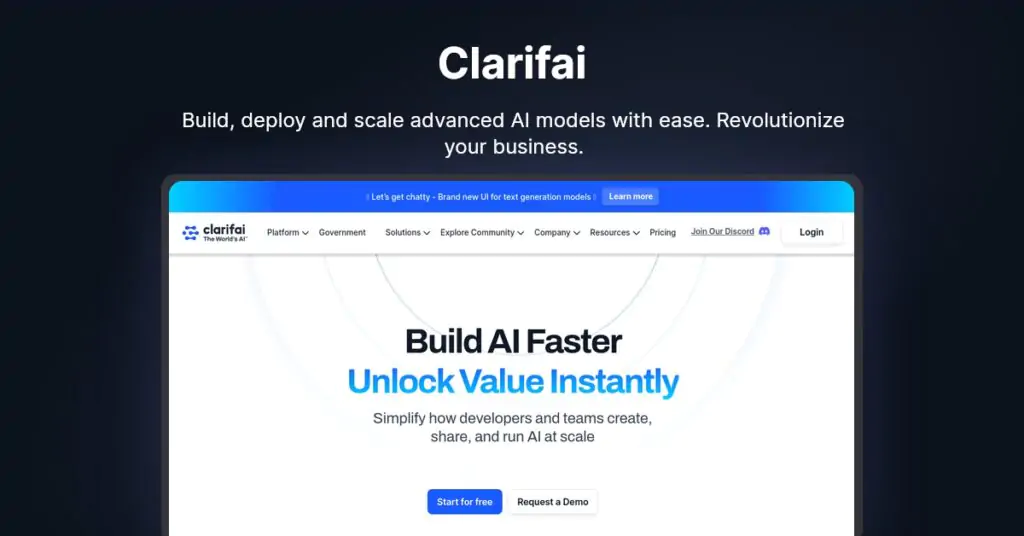
Key Features:
- Customizable models for specific use cases, such as food recognition and brand detection.
- Batch processing for analyzing large volumes of images and videos.
- Real-time visual recognition for applications requiring low latency.
Datagen:
Datagen is a leading application of artificial intelligence for generating synthetic data. Due to the lack of data and privacy issues regarding AI models’ training data, it enables users to generate realistic datasets. It assists us in creating fake data that can be used to teach computers without having to use real people’s data. It’s like having an exam simulation for computers so that they are able to learn without corrupting actual data!

Key Features:
- Customizable data generation pipelines for diverse data types, including text, images, and time series.
- Data augmentation techniques for enhancing model robustness and generalization.
- Integration with popular machine learning frameworks, such as TensorFlow and PyTorch.
You can find many more interesting facts and information in our blog section.
Famous Faqs About Ai Tools
Which is the best AI tool?
This depends on the specific application, but the top-of-the line tools that are commonly used include open AI (GPT 4th generation), Google TensorFlow, and Microsoft Azure AI.
Which is the best AI in the world?
Identifying the best AI in the world is still challenging, but OpenAI GPT-4, Google’s Deep Machine, and IBM’s Watson are considered the best AI worldwide.
Which AI is better than ChatGPT?
Ranking AI systems depends on the utilization of efficiency and effectiveness; yet, some instances may consider using OpenAI GPT-4, Google TensorFlow, IBM Watson, and others.
What is the best AI app right now?
The best AI app varies depending on the use case, although some widely used AI apps for handheld devices are Siri and Google Assistant, while for business purposes, OpenAI GPT-4 or Microsoft Azure AI develop chatbot apps for computer communication.
Conclusion:
Each one of these top ten AI tools for 2024 presents the creators of artificial intelligence as pioneers in their field. To the developer, these tools can help extend the reach of your projects and cater to a highly diversified and competitive market; to the business owner or entrepreneur, using these tools can pave the way to innovation and success in the demanding AI environment of the modern world; and to the researcher, these tools allow for the performance of complex analysis and data processing required for exploration of the emerging AI landscape.

[…] probably seen many people use AI Tools to create videos that look incredibly real, but these videos are actually made using artificial […]